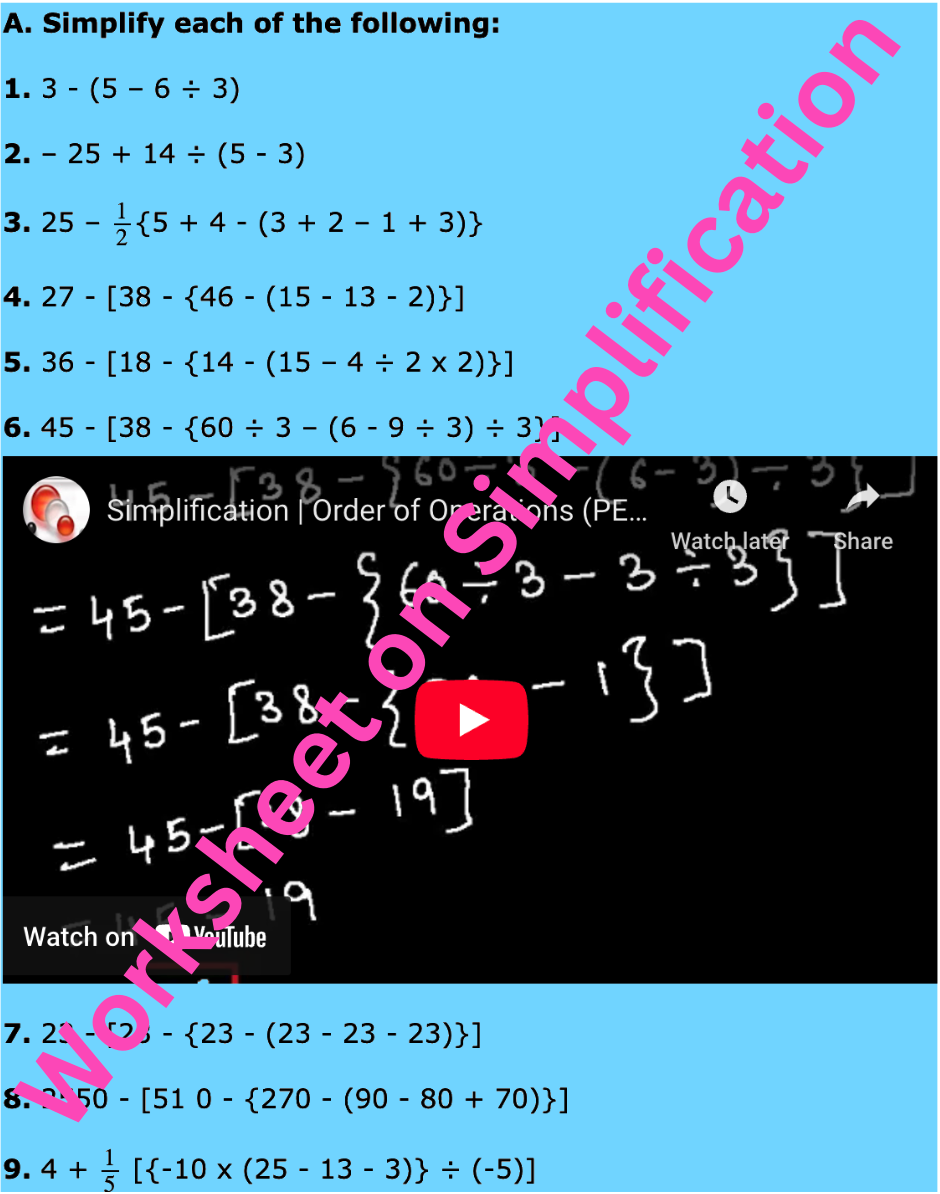Find the Area of the Shaded Region
Here we will learn how to find the area of the shaded region.
To find the area of the shaded region of a combined geometrical shape, subtract the area of the smaller geometrical shape from the area of the larger geometrical shape.
1. A regular hexagon is inscribed in a circle of radius 14 cm. Find the area of the circle falling outside the hexagon.
Solution:
The given combined shape is combination of a circle and a regular hexagon.
Required area = Area of the circle – Area of the regular hexagon.
To find the area of the shaded region of the given combined geometrical shape, subtract the area of the regular hexagon (smaller geometrical shape) from the area of the circle (larger geometrical shape).
Area of the circle = πr2
= 227 × 142 cm2.
= 616 cm2.
Area of the regular hexagon = 6 × area of the equilateral ∆OPQ
= 6 × √34 × OP2
= 3√32 × 142 cm2.
= 294√3 cm2.
= 509.21 cm2.
Alternate method
Required area = 6 × area of the segment PQM
= 6{Area of the sector OPMQ – Area of the equilateral ∆OPQ
= 6{60°360° × πr2 - √34r2}
= 6{16 ∙ 227 ∙ 142 - √34 × 142} cm2.
= (22 × 2 × 14 - 3√3 × 14 × 7) cm2.
= (616 - 294 × 1.732) cm2.
= (616 - 509.21) cm2.
= 106.79 cm2.
2. Three equal circles, each of radius 7 cm, touch each other, as shown. Find the shaded area between the three circles. Also, find the perimeter of the shaded region.
Solution:
The triangle PQR is equilateral, each of whose sides is of length = 7 cm + 7 cm, i.e., 14 cm. So, each of the angles SPU, TRU, SQT has the measure 60°.
Area of the ∆PQR = √34 × (Side)2
= √34 × 142 cm2.
Area of each of the three sectors = 60°360° × πr2
= 16 ∙ 227 ∙ 72 cm2.
Now, the shaded area = Area of the triangle ∆PQR - Area of the sector ∆SPU - Area of the sector ∆TRU - Area of the sector ∆SQT
= √34 × 142 cm2 – 3 × (16 × 227 × 72) cm2.
= (49√3 – 77) cm2.
= (49 × 1.732 – 77) cm2.
= 7.87 cm2.
Next, perimeter of the shaded region
= Sum of arcs SU, TU and TS, which are equal.
= 3 × arc SU
= 3 × 60°360° × 2πr
= 3 × 16 × 2 × 227 × 7 cm
= 22 cm.
From Find the Area of the Shaded Region to HOME PAGE
Didn't find what you were looking for? Or want to know more information about Math Only Math. Use this Google Search to find what you need.
Recent Articles
-
Counting Numbers from 1 to 50 | Match the Number | Missing Numbers
Apr 04, 25 03:46 PM
In counting numbers from 1 to 50, recognize the numbers, count and then join the numbers in the correct number order. Here we mainly need eye-hand coordination to draw the picture and maintain the num -
Counting Eleven to Twenty with Numbers and Words |Numbers from 11 - 20
Apr 04, 25 03:21 PM
Counting eleven to twenty with numbers and words are explained below. One ten and one more is eleven. Eleven comes after ten. One ten and two more is twelve. Twelve comes after eleven. -
5th Grade BODMAS Rule Worksheet | PEMDAS | Order of operations|Answers
Apr 03, 25 03:11 PM
In 5th Grade BODMAS Rule Worksheet you will get different types of problems on mathematical expressions involving different operations, mathematical expression with 'brackets' and 'of' and simplifying… -
Worksheet on Simplification | Simplify Expressions | BODMAS Questions
Apr 03, 25 02:58 PM
In worksheet on simplification, the questions are based in order to simplify expressions involving more than one bracket by using the steps of removal of brackets. This exercise sheet -
Divisible by 2 Video |Test of Divisibility by 2 Trick| Rules| Examples
Apr 03, 25 10:25 AM
A number is divisible by 2 if the digit at unit place is either 0 or multiple of 2. So a number is divisible by 2 if digit at its units place is 0, 2, 4, 6 or 8.





New! Comments
Have your say about what you just read! Leave me a comment in the box below. Ask a Question or Answer a Question.